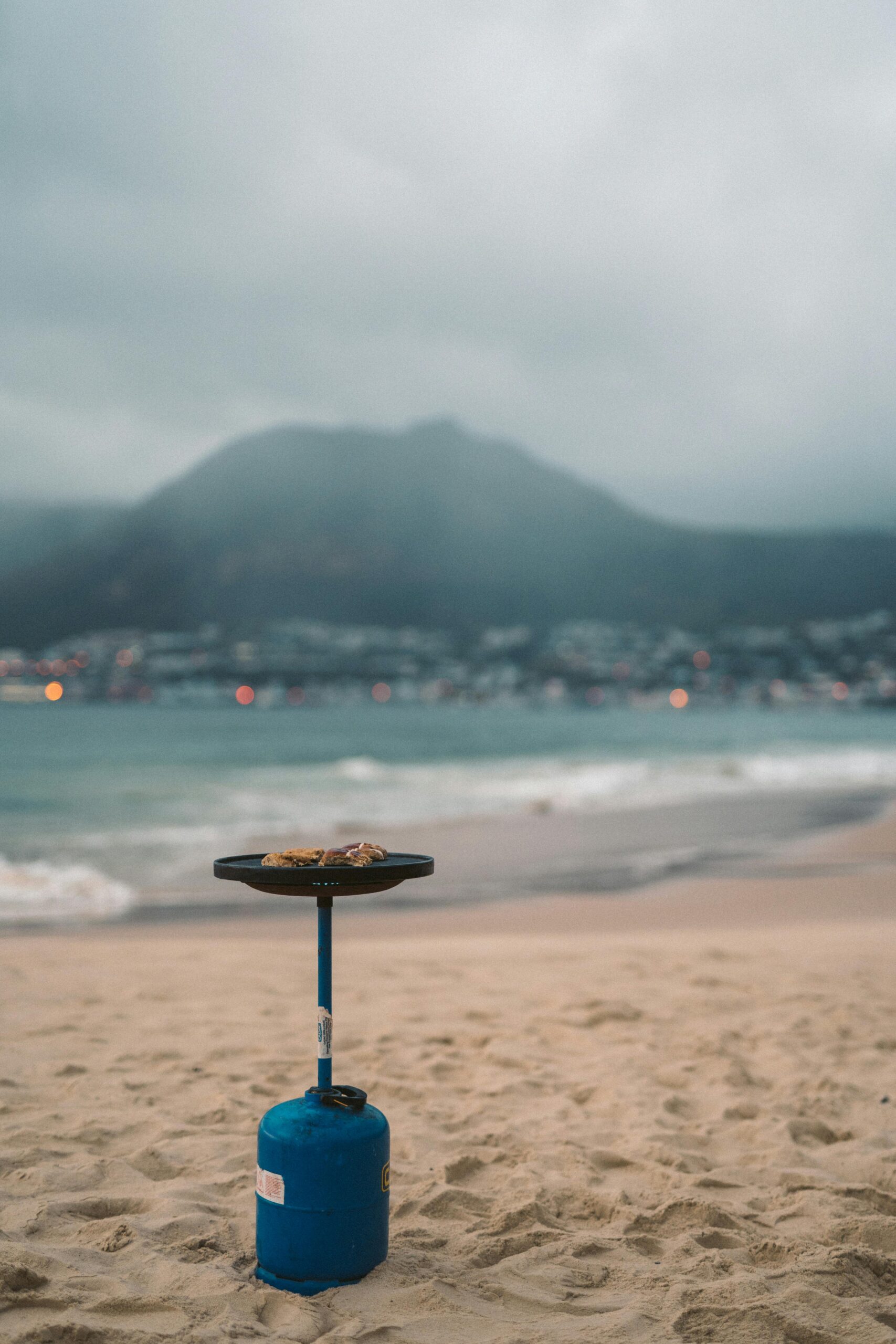
For motorhome owners, managing the gas supply is a key part of the travel experience. There are two primary options for getting more gas: exchanging a bottle or refilling it. The exchange system is common and straightforward. When your gas bottle is empty, you simply take it to a designated retailer (like a supermarket or camping store) and swap it for a full one. This is convenient and widely available. However, a major drawback is that different countries often use different types of gas bottles and connections, making it difficult to exchange a bottle from one country in another. Additionally, you may lose any remaining gas in the bottle when you exchange it. An alternative that is becoming increasingly popular is the use of a refillable gas bottle system. These are special cylinders designed to be topped up at LPG filling stations, much like a car. They are equipped with a safety valve that automatically stops the filling process when the bottle is 80% full, preventing overfilling. The main advantage of this system is flexibility and cost. You can top up your gas at any time, without having to wait until the bottle is completely empty. This makes it a great solution for long-term travel, especially across Europe, where different bottle types are a common problem. It’s also often cheaper to buy LPG at a gas station than to exchange a pre-filled bottle. Refilling a motorhome gas bottle with this system typically involves connecting the vehicle’s external fill point to the pump at the gas station.
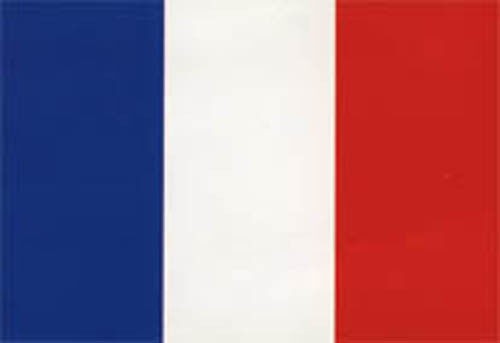
France
The gas cylinder exchange system in France can seem a bit complicated at first. Generally, you cannot refill your cylinder; you must exchange it for a full one. This process is mainly done in supermarkets and large stores. Our experience revealed some peculiarities of this system. For example, at Intermarché, the process is not uniform across all stores. Furthermore, the exchange service is often only available during the weekdays. During our stay in La Mothe-Saint-Héray, we went to the Intermarché in Saint-Maixent-l’École on a Sunday. Although the store was open, the staff refused to exchange our cylinder, explaining that the service was not available on the weekend and asked us to come back on Monday.
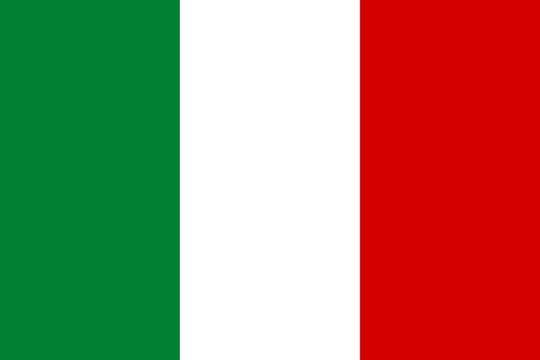
Italy
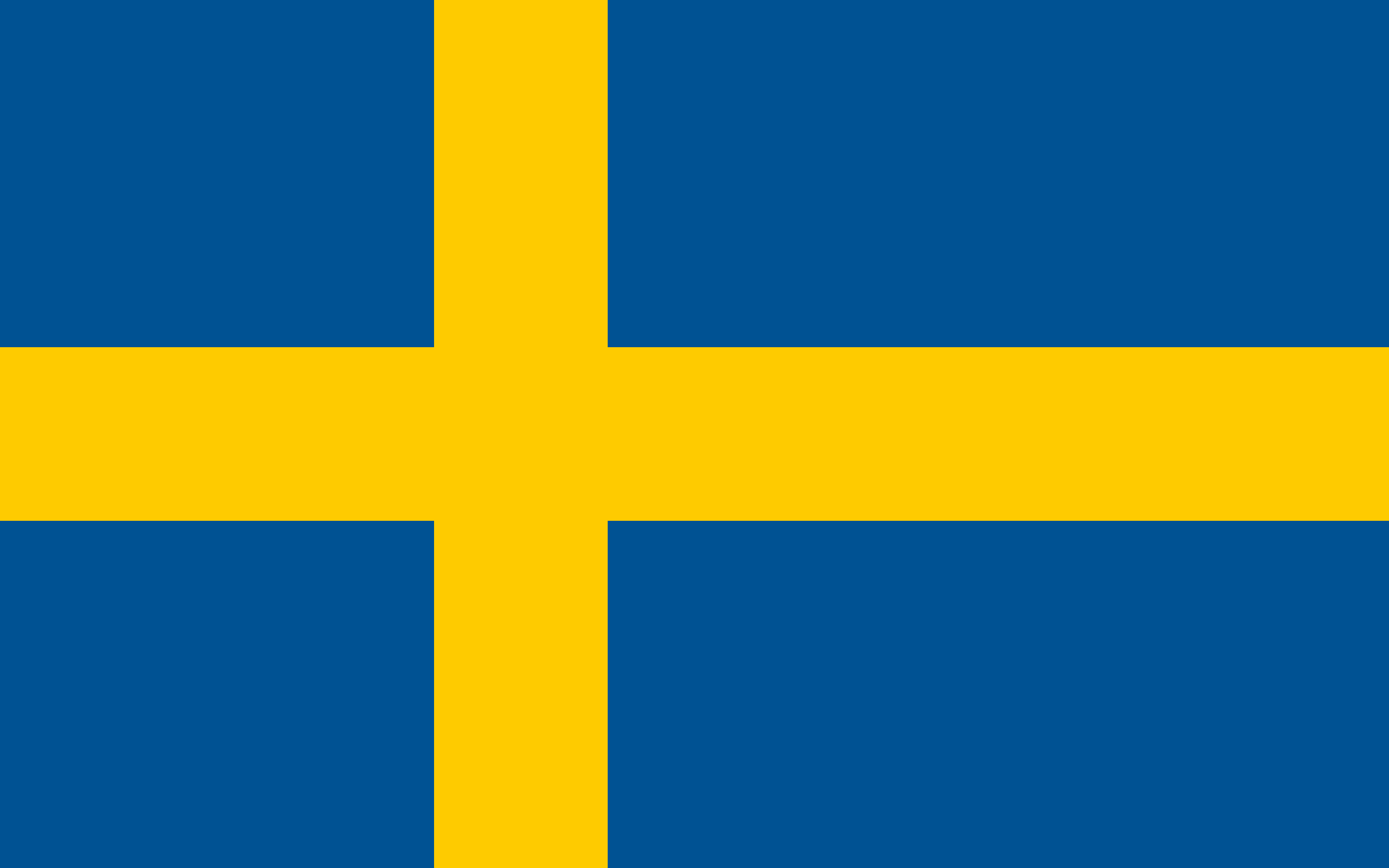
Sweden
The gas cylinder exchange system in Sweden is generally straightforward and convenient. Unlike in some other countries, we found the process to be quite efficient. The system is primarily based onn refilling. You go to a designated refill point, hand over your empty cylinder, and receive a new, full one. What makes the Swedish system particularly easy for campervan travel is the widespread availability of self-service propane vending machines. These are often located at gas stations and are accessible 24/7. This means you don’t have to worry about store opening hours or whether a specific staff member is available to assist you. You simply use a credit card and follow the on-screen instructions to complete the exchange. In our experience, this system worked very well. We had no issues finding a place to exchange our cylinder, and the automated process was quick and hassle-free. The standardization and widespread availability of these vending machines made it a smooth part of our journey.
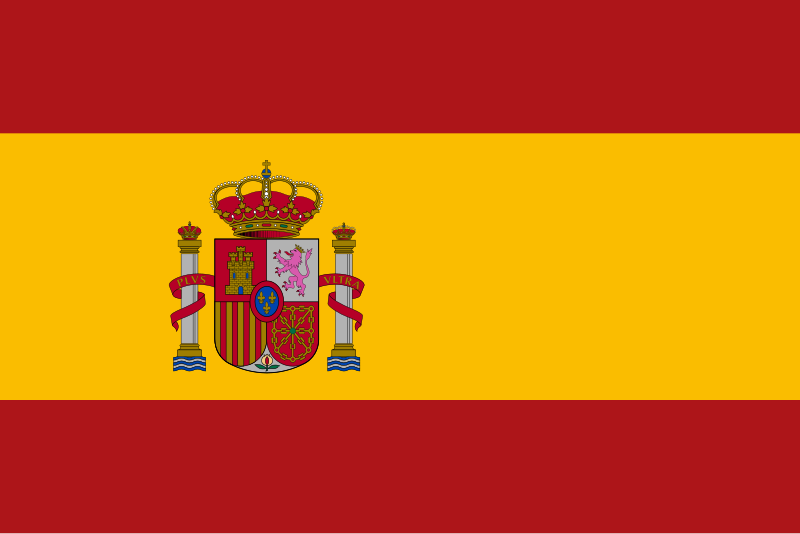
Spain
The gas cylinder exchange system in Spain is based on the principle of exchange rather than refilling. You typically can’t get your own cylinder refilled; instead, you exchange an empty one for a full one. Our experience with Repsol was very positive. We found that the system worked well and was straightforward. The staff were always friendly and helpful, making the process smooth. We had no issues finding Repsol stations that offered this service. In general, there aren’t many places that will refill gas cylinders, so the exchange system is the primary method for getting a new supply. With Repsol, we found it to be a reliable and easy solution during our travels.
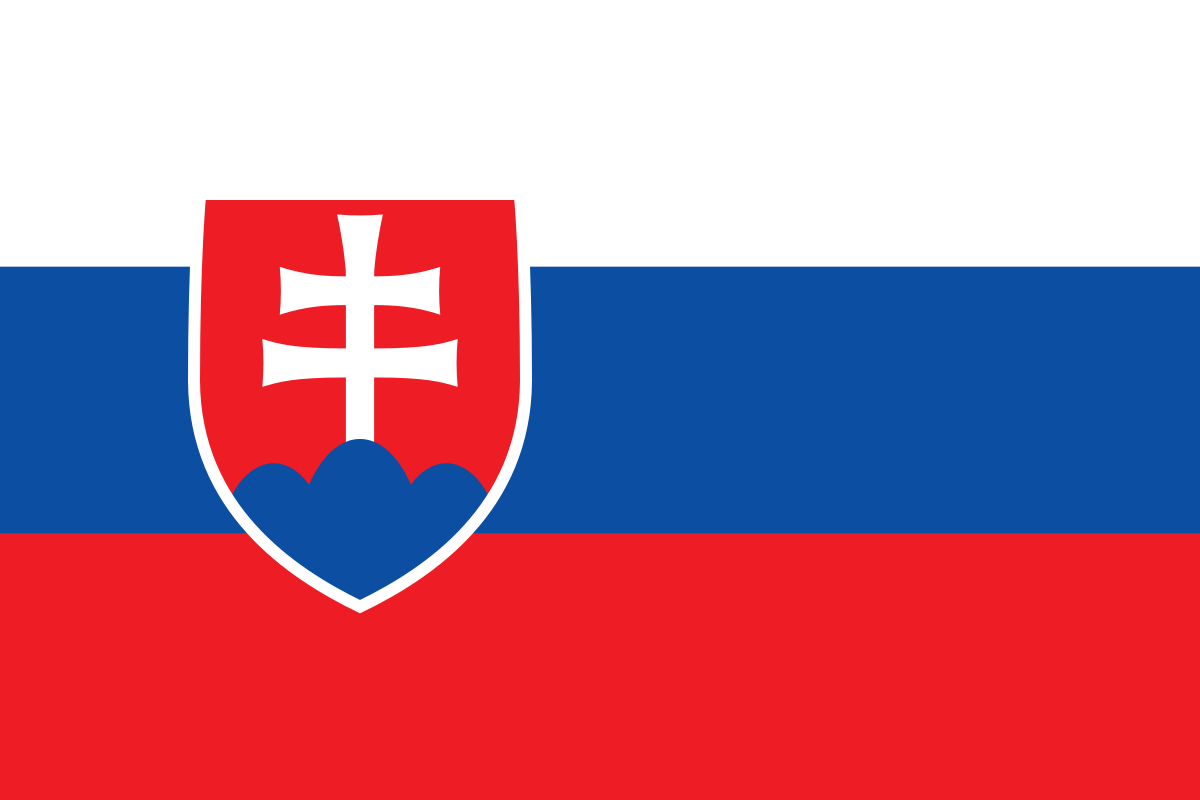
Slovakia
In Slovakia, the gas cylinder system primarily operates on an exchange basis rather than a refilling one. You generally cannot simply have your existing cylinder topped up. Instead, you exchange your empty cylinder for a full one at a designated retail point. The process is managed by various gas companies, and their cylinders are distributed through a network of petrol stations, specialized gas shops, and some larger hardware stores. The main challenge is that different companies use different types of cylinders and connectors, which are not universally interchangeable. This means you must find a retailer that stocks the specific brand and type of cylinder you need. While some gas stations may offer exchanges, it is often more reliable to seek out specialized gas retailers.
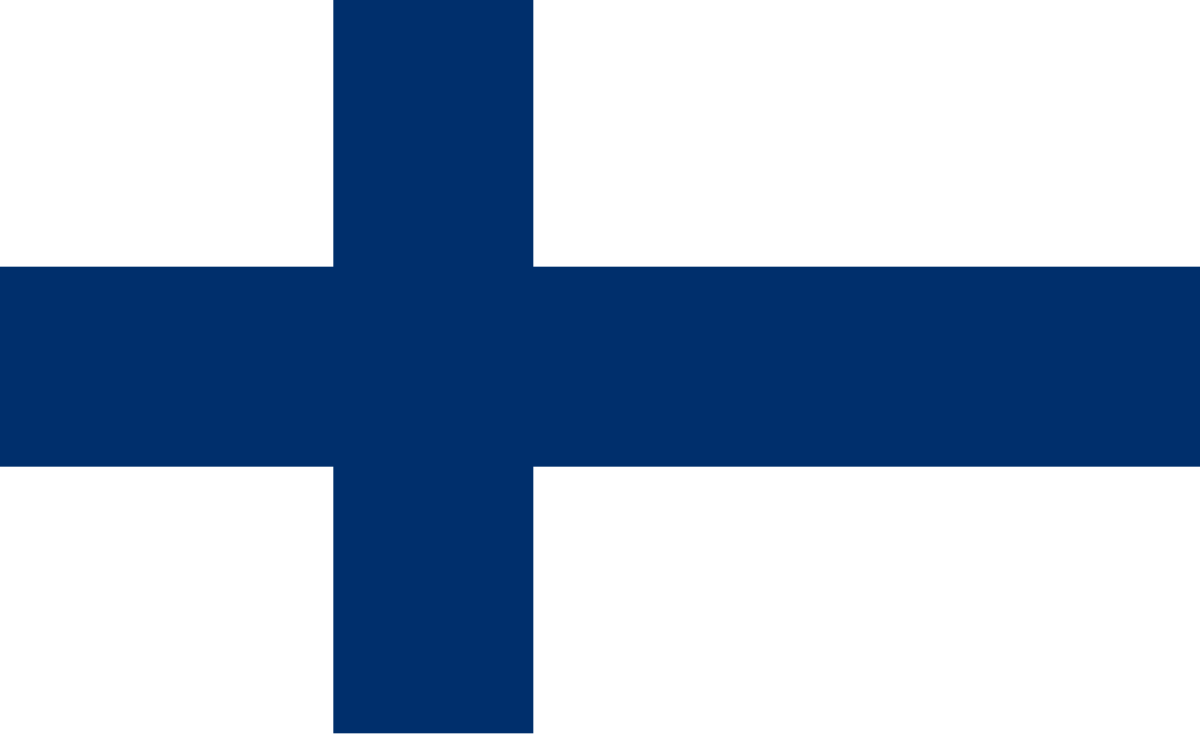
Finland
In Finland, the gas cylinder system operates primarily on an exchange basis, rather than a refilling one. This means that when your cylinder is empty, you don’t get it topped up. Instead, you exchange it for a full one of the same type and size. Gas cylinders are widely available at various locations, including supermarkets, service stations, and hardware stores. Some companies also have automated vending machines that are accessible 24/7, allowing you to get a new cylinder at any time. When you first acquire a cylinder, you pay for both the gas and the cylinder itself. Afterward, you only pay for the gas when you make an exchange, as you are simply swapping your empty cylinder for a full one that has been checked and refilled by the supplier.
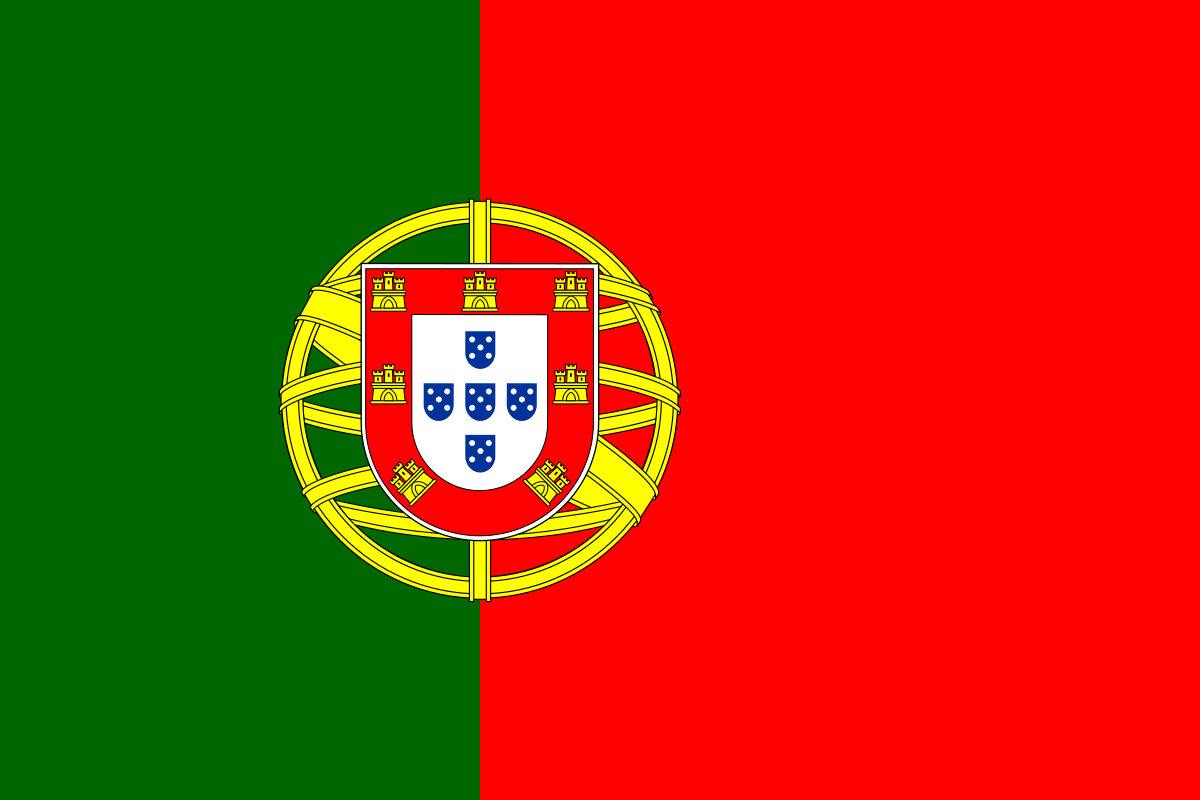
The gas cylinder exchange system in Portugal is similar to other European countries in that it is based on an exchange model, not refilling. You swap an empty cylinder for a full one at designated locations, which are often gas stations. However, there are some key differences that we encountered during our campervan trip. The main issue we found was the cost. Gas cylinders in Portugal are noticeably more expensive than in neighboring Spain. To avoid this higher price, we used the Repsol network. Therefore, every time our gas supply ran low, we made sure to cross back into Spain. We would find a Repsol gas station there to exchange our empty bottle for a full one. This simple tactic allowed us to consistently benefit from the more affordable prices in Spain, making our travel budget go further.
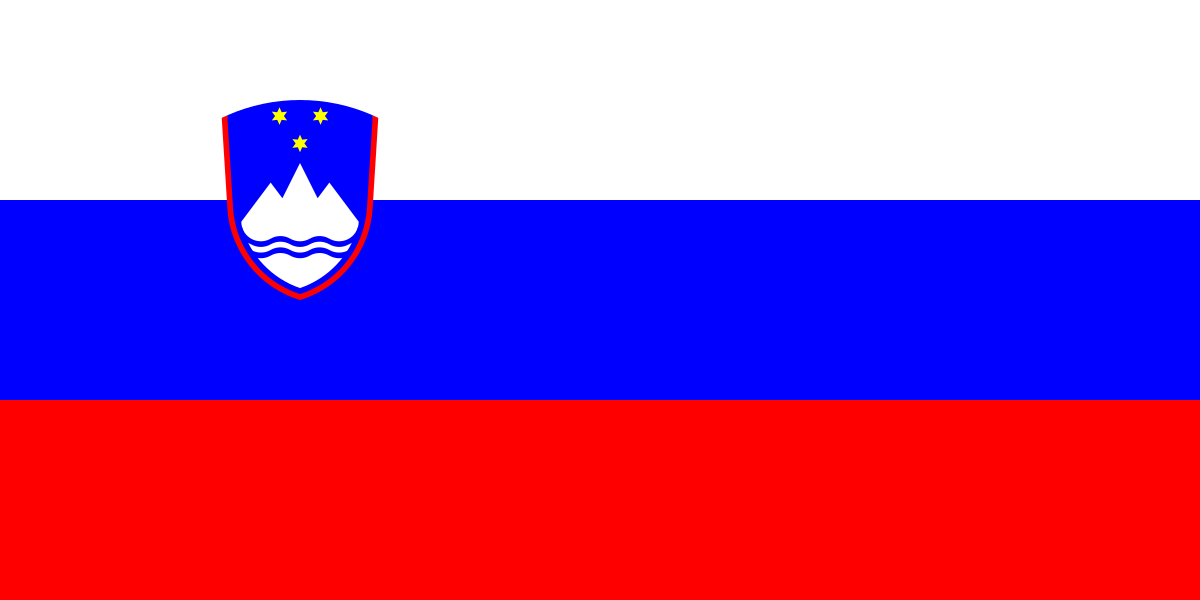
Slovenia
In Slovenia, the gas cylinder system primarily operates on an exchange model, similar to other European countries. You typically purchase a full cylinder by returning an empty one. This is the most common method, and it is widely available at many gas stations, particularly those of major brands. However, a key difference from many other places is that Slovenia also has locations where you can get your existing gas cylinder refilled. While this is less common than the exchange system, these specialized refill points are available, particularly in larger cities. These places can be a great option, especially for travelers with non-Slovenian cylinders, as they can often fill a variety of cylinder types.

Morocco
The gas cylinder system in Morocco is quite functional and works well. You’ll find gas bottles readily available in most towns, often sold in small local shops. The system is based on a simple exchange: you bring your empty cylinder and swap it for a full one. This makes it very convenient for travelers in a campervan, as you’re rarely far from a place where you can get a new bottle. However, our experience revealed a notable difference from what we were used to in Europe. While the system is efficient, the condition of the gas cylinders themselves was often a concern. The bottles we encountered were quite old and showed signs of wear and tear, with dents, rust, and sometimes worn-out valves. Because there is gas inside, this made us feel a little unsafe using them. Despite this, the system is reliable for getting the gas you need on the road.
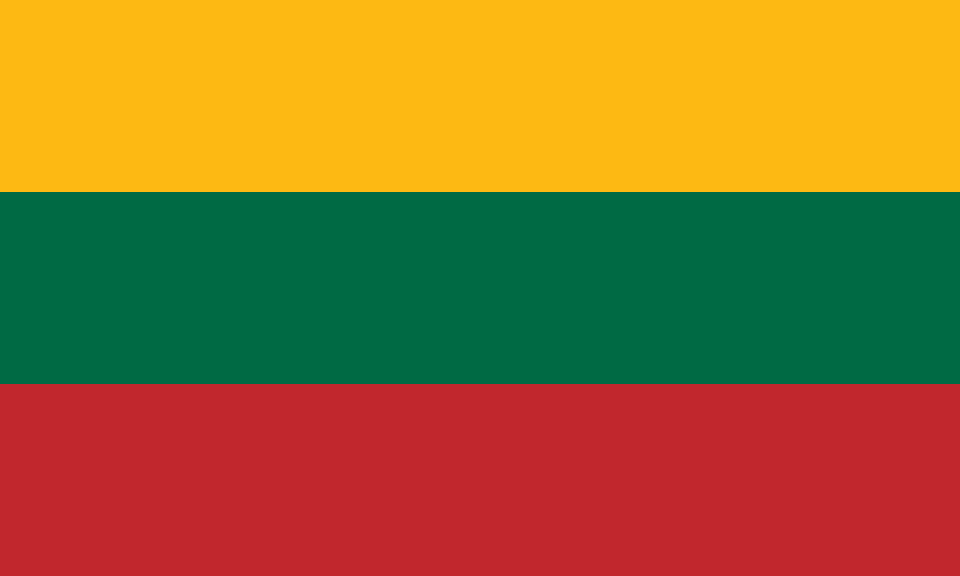
Lithuania
Our experience with gas cylinder refills in Lithuania was quite complicated. Unlike countries with a simple exchange system, in Lithuania, you often have to get your own cylinders filled up. This seemed to be a common practice, particularly at gas stations that also have LPG pumps.The biggest challenge we faced was finding the right adapters. Most gas stations didn’t have a wide range of adapters for different types of gas bottles. We also tried to find them at hardware stores, but they generally did not sell a broad selection of adapters either. This lack of availability made it very difficult to get our cylinders filled, and we had to visit multiple locations before we found a place with the correct equipment.
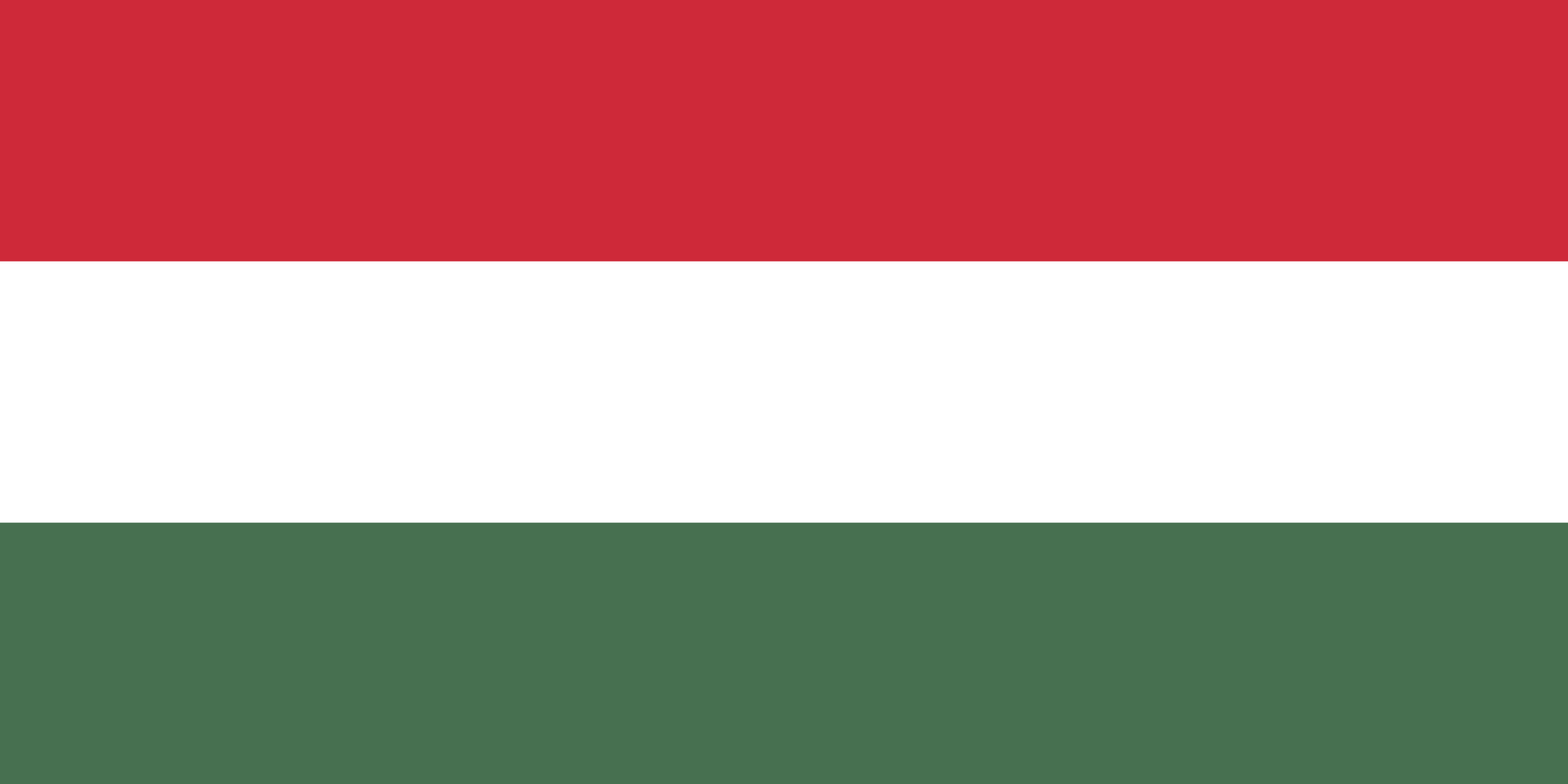
Hungary
In Hungary, the gas cylinder system primarily operates on an exchange model. You generally don’t find places that will refill your cylinder. Instead, major gas companies distribute their cylinders to various points of sale, including gas stations and specialized depots. The process is relatively simple: you take your empty cylinder to a designated location and exchange it for a full one. However, a key detail to be aware of is that the type of cylinder you have matters. Different countries and companies use different cylinder types and connections. While some international standards exist, it’s not guaranteed that a cylinder from another country will be accepted for exchange in Hungary.
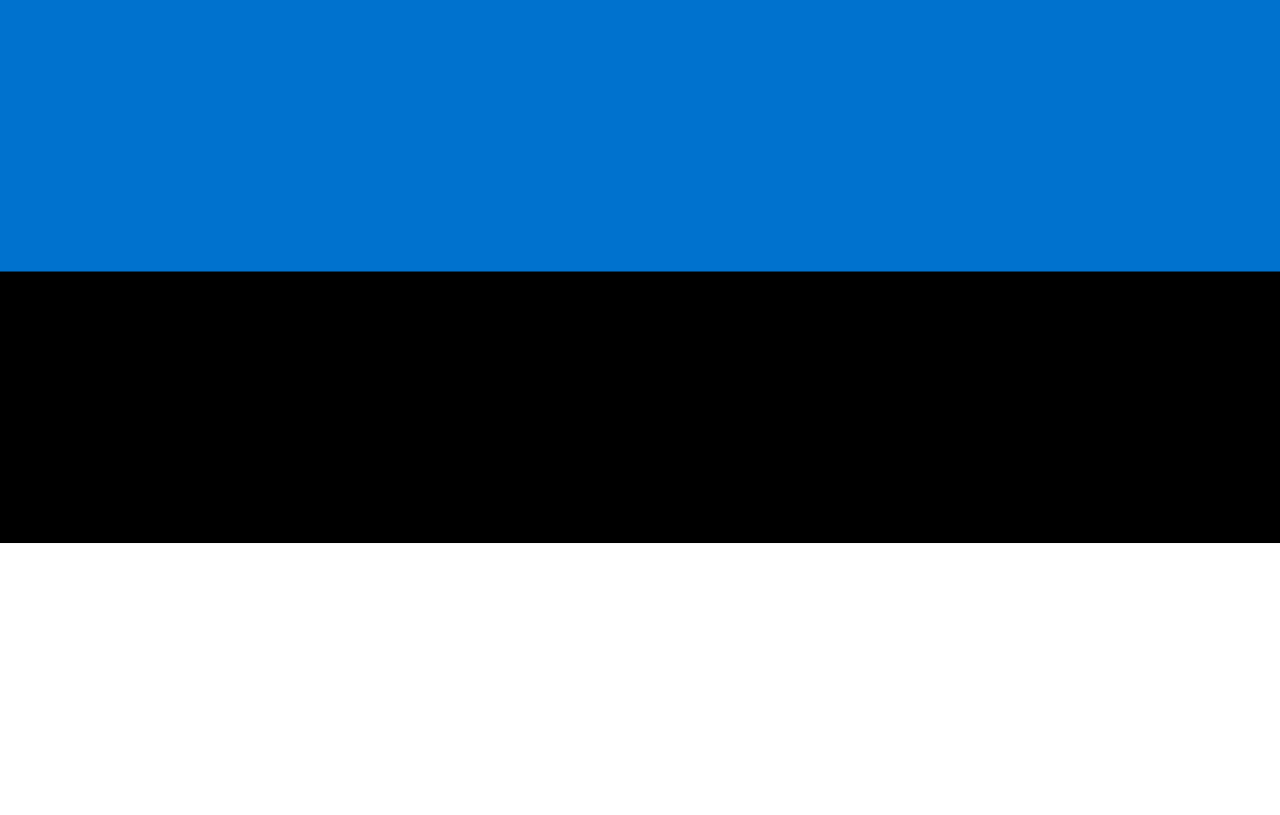
Estonia
In Estonia, the gas cylinder system primarily operates on an exchange model. You can find cylinders at various locations, including specific retail stores, gas stations, and even automated vending machines from certain providers. These vending machines allow for 24/7 self-service exchanges. To exchange a cylinder, you typically bring your empty one and swap it for a full one of the same size. Some providers have introduced smart locker or vending machine systems. With these, you can use a mobile app to find the nearest location, make a purchase, and then access the locker to pick up your new cylinder. While some companies offer home delivery, the most common way to get a new cylinder is through this network of exchange points. The process is designed to be convenient, with an emphasis on automation and accessibility at various times, including weekends and nights
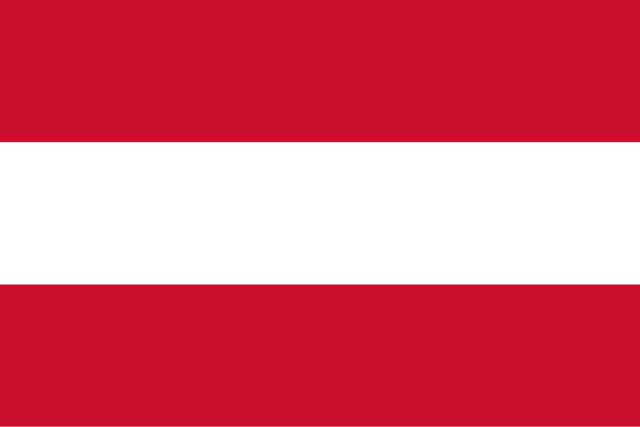
Austria
In Austria, the gas cylinder system primarily operates on an exchange model. You can often exchange empty cylinders for full ones at hardware stores, specialized gas dealers, and some gas stations. A key point for travelers is that the cylinders used in Austria are generally the same as those in Germany, which makes exchanging them much easier if you are coming from there. However, bottles from other countries may not be compatible. Another option is to find a location that can refill your existing cylinder, which can be more cost-effective. Some specialized gas suppliers offer this service. It is worth noting that there are also refillable tank systems that can be installed in a vehicle and filled at LPG (Liquefied Petroleum Gas) stations.
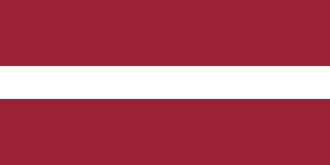
Latvia
The gas cylinder refill system in Latvia is primarily based on refilling cylinders, which is different from the exchange model found in other countries. Our experience with this system was quite complicated. We found that getting our bottles filled was easy at a gas fitter called Virāža A in Liepāja, where we were easily able to get our gas bottle filled.
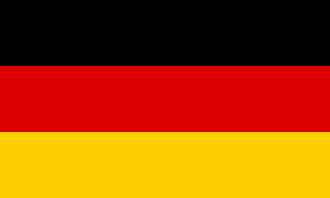
Germany
The gas cylinder system in Germany is primarily based on an exchange model, similar to other European countries. However, a major complication arises for campervan travelers coming from abroad. We found it very difficult to exchange our gas bottles because the German system is largely closed. In Germany, you can only exchange German gas cylinders. Companies and stores will not accept bottles from other countries, even if they appear to be a similar size or type. This is because of different national standards for bottle design and connections. This system makes it very complicated for anyone traveling through Germany with a non-German gas bottle, as you cannot simply find a place to swap it for a full one. This forces you to either find a specialized refilling station, which can be rare and hard to locate, or purchase a new German gas cylinder outright. This was a significant challenge.
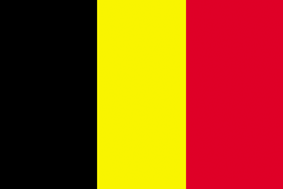
Belgium
In Belgium, the gas cylinder system primarily operates on an exchange basis rather than a refill service. You typically bring an empty cylinder to a designated point and exchange it for a full one. These exchange points are commonly found at larger supermarkets, stores, and some specialized shops. The process often involves a deposit system, where you pay a one-time fee for the first cylinder and then only pay for the gas on subsequent exchanges. The system is managed by specific gas suppliers, so you need to exchange a cylinder of the same brand and type. It’s also important to note that the service may not be available at all hours, and some locations might have specific days or times for gas exchanges.

Norway
In Norway, the system for gas cylinders is largely based on refilling rather than exchange, which is a significant difference from other countries. For campervan owners, this means you can often get your existing bottle filled up, regardless of the brand. Our experience with this system was very positive. We found it to be a straightforward and easy process. A great example of this was our visit to K. Paulsen & Sønner in Svolvær. We were able to get our bottles filled there without any complications. They are a certified filling station, and the staff handled the process quickly and efficiently. This was a welcome change and a relief, as it meant we didn’t have to worry about finding the right exchange bottle or dealing with complicated systems.
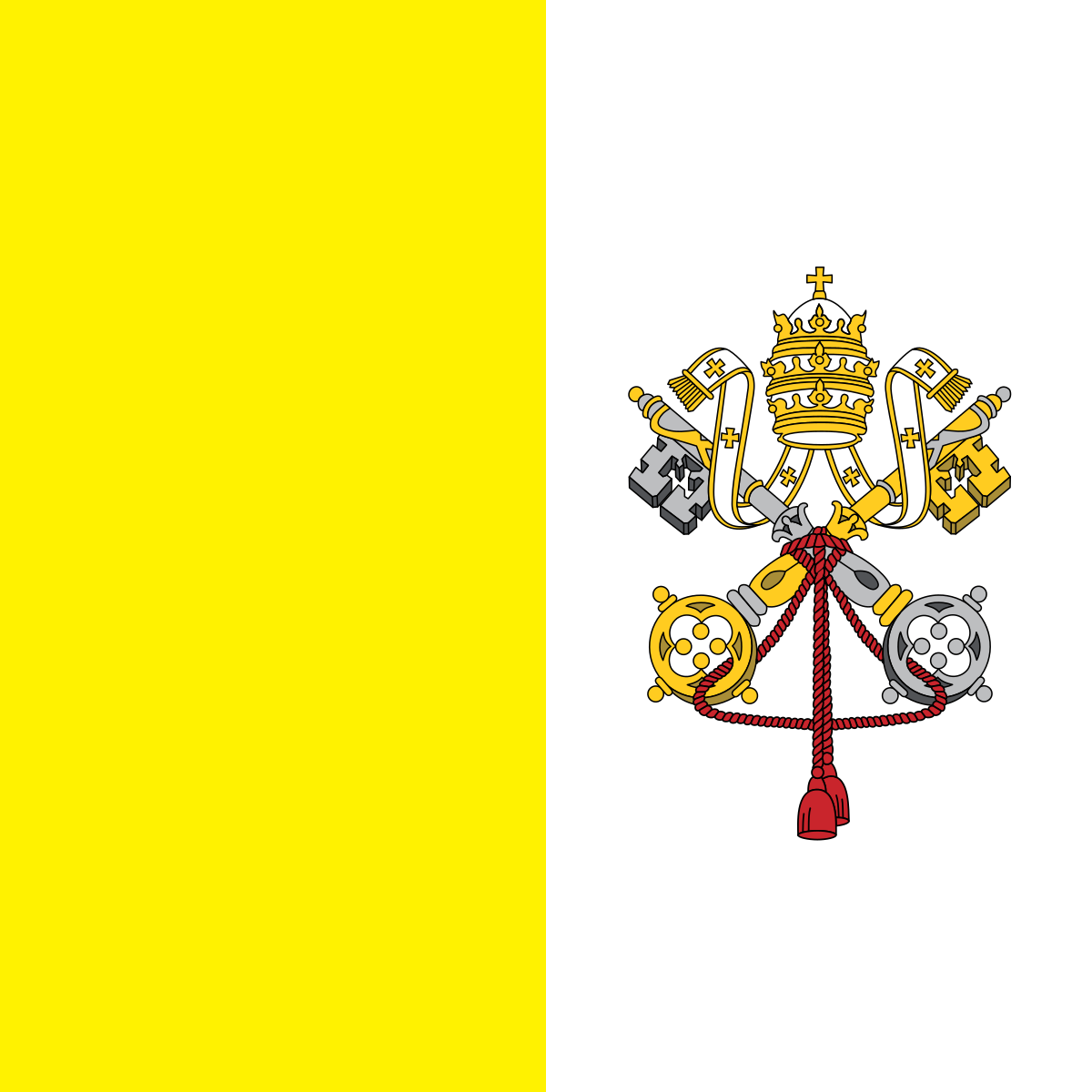
Vatican City State
The Vatican City State relies on external sources for its energy.
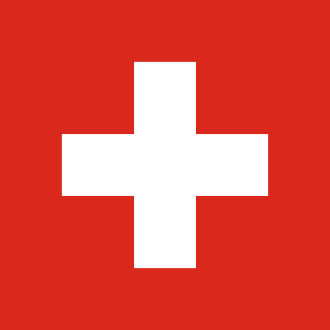
Switzerland
In Switzerland, the gas cylinder system operates on an exchange basis rather than a refill model. You can find these cylinders at various locations, including supermarkets and certain gas stations. A key point of note is that Swiss gas cylinders and their regulators have a specific connection system. This means that cylinders from other countries, such as Germany, are not compatible without the correct adapter. It is crucial to have the proper regulator and an adapter for your specific setup to ensure safety and prevent leaks. The main gas suppliers offer both steel and plastic cylinders in various sizes. The process is generally straightforward: you return an empty cylinder to a vendor and purchase a full one, sometimes paying a deposit or a rental fee for the cylinder itself.